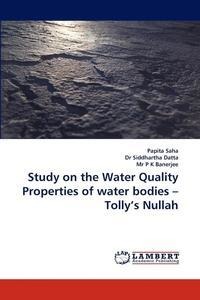
Liknande böcker
Effects of Flyash on the Chemical &; Autogenous Shrinkage Behaviour : Hydration of cementitious and concrete samples and their relation in terms of shrinkage due to the effect of fly ash
Bok av Souptik Sarkar
For a concrete structure to be serviceable, cracking must be controlled and deflections must not be excessive. It must also not vibrate excessively. Concrete shrinkage plays a major role in each of these aspects of the service load behaviour of concrete structures. Volume change is one of the most detrimental properties of concrete, which affects the long-term strength and durability. The change in volume of concrete commences as soon as the cement and water comes in contact during the mixing process, but these changes in volume are generally not taken into account since their extent is much less than shrinkage due to drying. Even with ideal curing conditions the first day shrinkage resulting from volume fluctuations can significantly reduce the ultimate shrinkage and result in development of cracks. Early age properties of concrete widely influence the long term properties of concrete. This work extensively deals with the parameters of early age concrete and how the same can be controlled by means of fly ash.
Visa pris inkl. frakt Inkl. frakt
Effects of Flyash on the Chemical & Autogenous Shrinkage Behaviour
610 kr
Finns i lager







